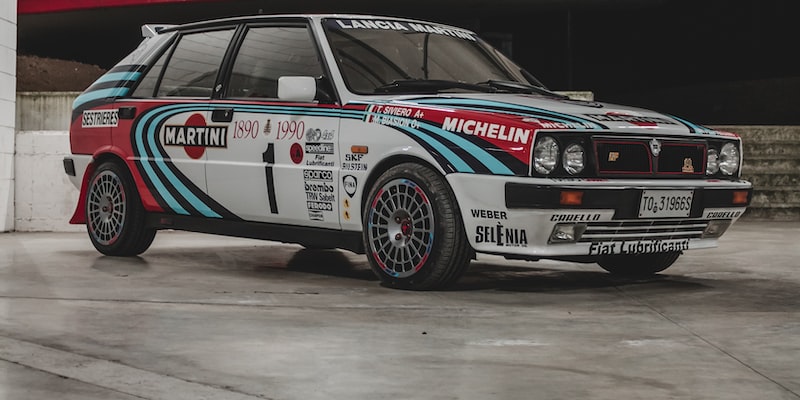
Exploring the Commonalities of Rally Car Engine Sounds
Rally cars are known for their distinctive engine sounds, but why do they all seem to sound the same? To the untrained ear, rally car engines may sound similar, but there are actually some commonalities among them that are responsible for their distinctive sound.First and foremost, rally cars typically feature turbocharged engines. This type of engine is designed to produce more power than a naturally-aspirated engine and is equipped with a turbocharger, which forces additional air into the engine for increased combustion. The result is an engine that produces a loud, powerful sound as it revs up and accelerates.
Another common feature of rally cars is their exhaust systems. Rally cars often feature free-flow exhaust systems, which are designed to reduce back-pressure and produce a louder, more aggressive sound. Additionally, these exhaust systems tend to be short and straight, which further amplifies the sound of the engine.
Finally, rally cars tend to have larger displacement engines. Larger displacement engines produce more power and torque, which can lead to a more aggressive sound. This is especially true when you factor in the turbocharger, which further amplifies the engine’s sound.
In summary, rally cars tend to feature turbocharged engines, free-flow exhaust systems, and larger displacement engines, all of which contribute to the distinctive sound that rally cars are known for. These commonalities are what make rally cars sound the same, and they’re also what make them so exciting to watch and listen to.
Investigating the Unifying Factors of Rally Car Exhaust Notes
The roar of a rally car is one of the most iconic sounds of motorsport. But why do they all sound so similar? It's a question that has been asked by car enthusiasts for years, and the answer is surprisingly simple.Rally cars all have a few common elements that determine their exhaust notes. First, they all use a turbocharged engine, which gives them an instantly recognizable sound. Second, they all use a light-weight exhaust system, which keeps engine noise to a minimum. Finally, they all use specially designed catalytic converters, which reduce emissions while still allowing the engine to achieve maximum performance.
These three factors combine to create a unified sound that is unmistakable. The turbocharged engine produces a deep, throaty roar, while the light-weight exhaust system provides a high-pitched rasp. The catalytic converter gives the exhaust a distinct whine that some have likened to a jet engine.
So, why do rally cars sound the same? It all comes down to the three common elements that make up their exhaust systems. By using a turbocharged engine, a light-weight exhaust system, and a specialized catalytic converter, rally cars can create a unified sound that is instantly recognizable.









